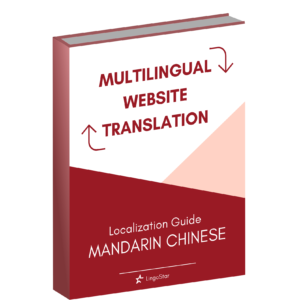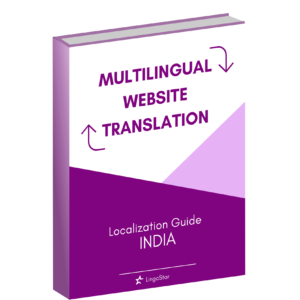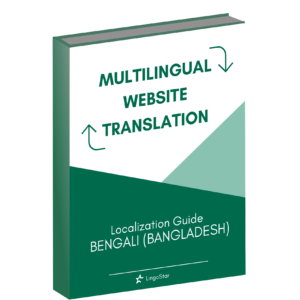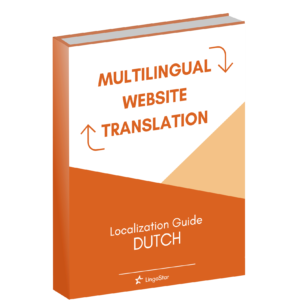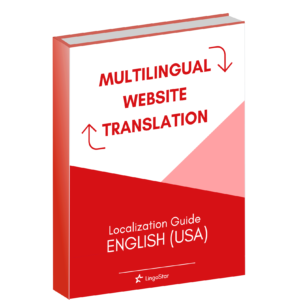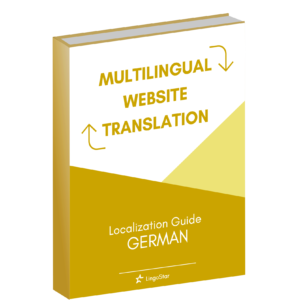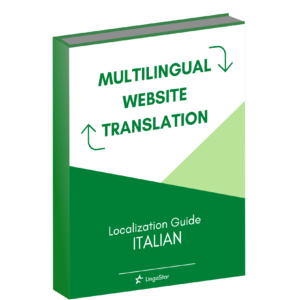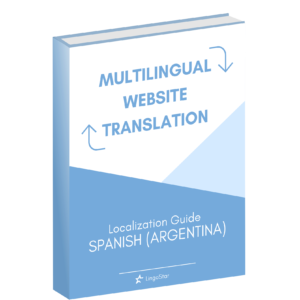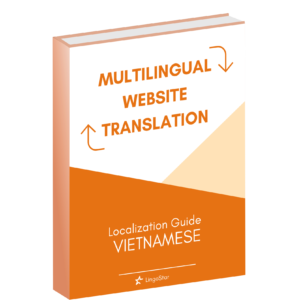BC OMBUDSPERSON
We helped the Office of the BC Ombudsperson relay an excerpt of a report to Punjabi and Chinese speakers of BC. The Office of the BC Ombudsperson receives enquiries and complaints about unfair administrative practices of provincial government ministries or public agencies. The office is independent of government and political parties. The services are free and confidential. We helped them translate an excerpt of a report from English to Punjabi, Simplified Chinese and Traditional...





